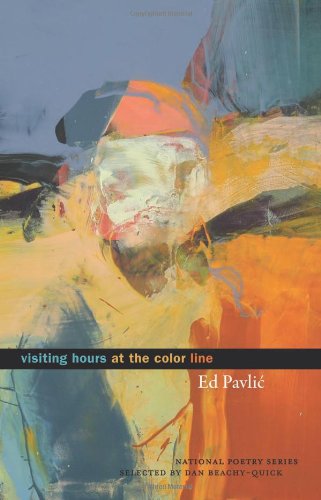| Selected by | Dan Beachy-Quick |
|---|---|
| publisher | |
| pages | 158 |
VERBATIM
By the time the second tower fell the Humanities lounge had filled up
with staff and professors and students. I stood there and stared into
the dust on TV. I was suddenly conscious that I’d spent years coaxing
what I saw and heard, charting it was I traveled oxbow routes thru me.
The dust disappeared the building. As I went thru the doorway, Bill
said, “It’s gone.” I left the lounge and walked cross campus, the upstate
sky unbroken blue. Kids on the library steps weeping in groups. I’d
had a recurring dream where the student and faculty of the college
paraded between classes holding their brains in glass jars, suspended in
clear fluid. My thought then, “I guess neither approach is much good.”
Jackson Garden is back behind the Campus Center. I walk thru the
stone gates feeling the towers and the dust and the broken glass of bodies
pulse in my arms and legs where I’d coaxed the world to go. I see Thanha
Nguyen, an exchange fellow in Modern Languages. When she met she’d
told me that she grew up in Hanoi during the American War.

